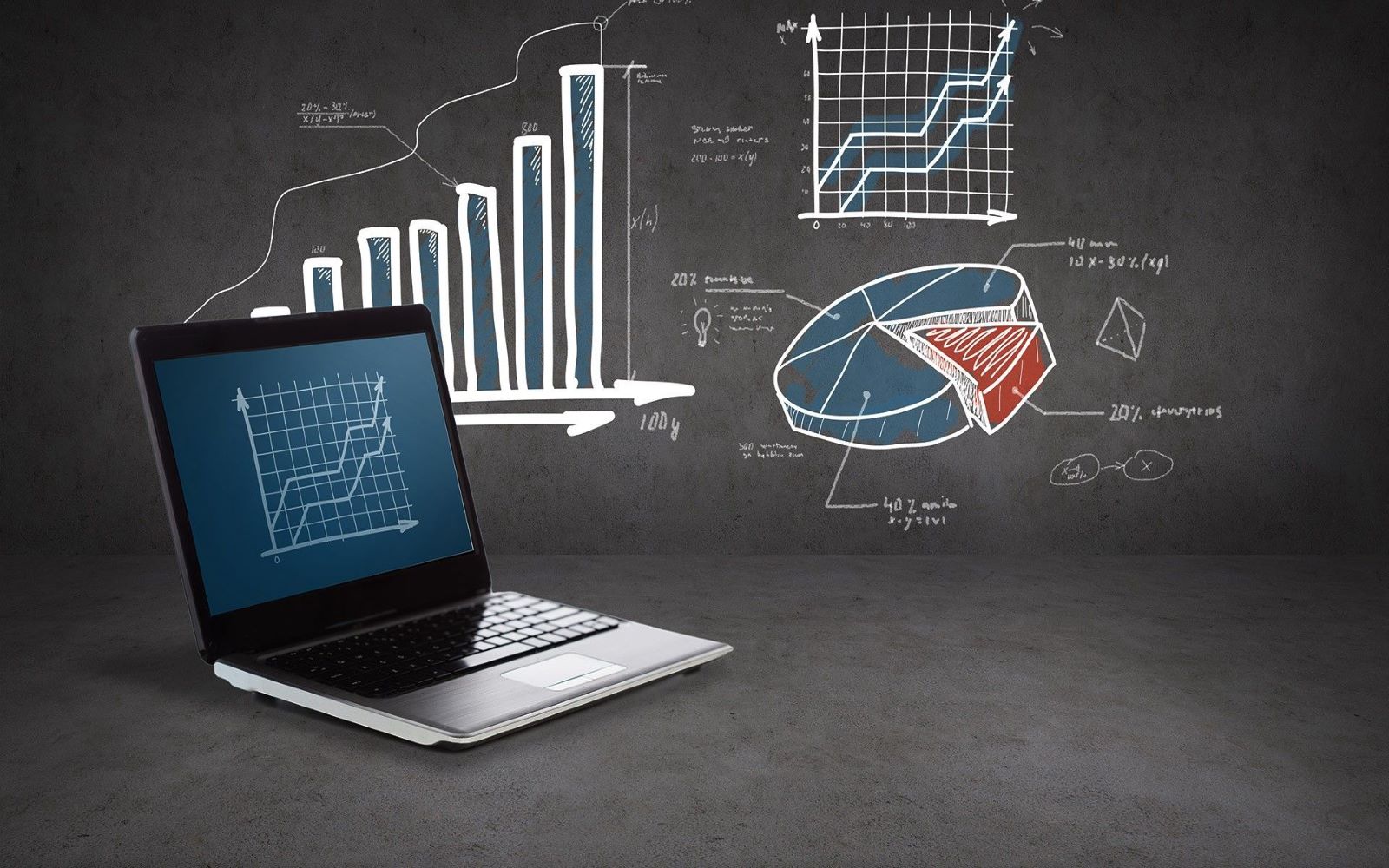Let’s start by differentiating between data analytics and traditional analytics. The terms are often used interchangeably, but a distinction does exist. Traditional data analytics refers to the process of analyzing massive amounts of collected data to get insights and predictions. Business data analytics (sometimes called business analytics) takes that idea, but puts it in the context of business insight, often with prebuilt business content and tools that expedite the analysis process.
"Analyzing that data to identify trends, patterns, and root causes"
Making data-driven business decisions based on those insights
While business analytics tools handle the elements of crunching data and creating insights through reports and visualization, the process actually starts with the infrastructure for bringing that data in.

Cross-platform analytics is the process of tracking the behavior of users as they move between website browsers and native mobile applications — ideally, using only one tool.
Business Analytics is about quantitative analysis and predictive modeling towards data-driven competitive strategies. Exemplars of analytics are using tools to identify their most profitable customers; offer the right price; accelerate product innovation; optimize supply chains; identifying the true drivers of financial performance etc.
Business analytics (BA) is a set of disciplines and technologies for solving business problems using data analysis, statistical models and other quantitative methods. It involves an iterative, methodical exploration of an organization's data, with an emphasis on statistical analysis, to drive decision-making.Business development is the process of devising a sustainable business model for all stakeholders, including shareholders, customers, employees, and any other parties affected by the business. It encompasses every stage of business functions, including research, analysis, and execution.
Businesses collect customer data from many different channels, including physical retail, e-commerce, and social media.
Enterprises can use data analytics to guide business decisions and minimize financial losses. Predictive analytics can suggest what could happen in response to changes to the business, and prescriptive analytics can indicate how the business should react to these changes.
Organizations can improve operational efficiency through data analytics. Gathering and analyzing data about the supply chain can show where production delays or bottlenecks originate and help predict where future problems may arise.